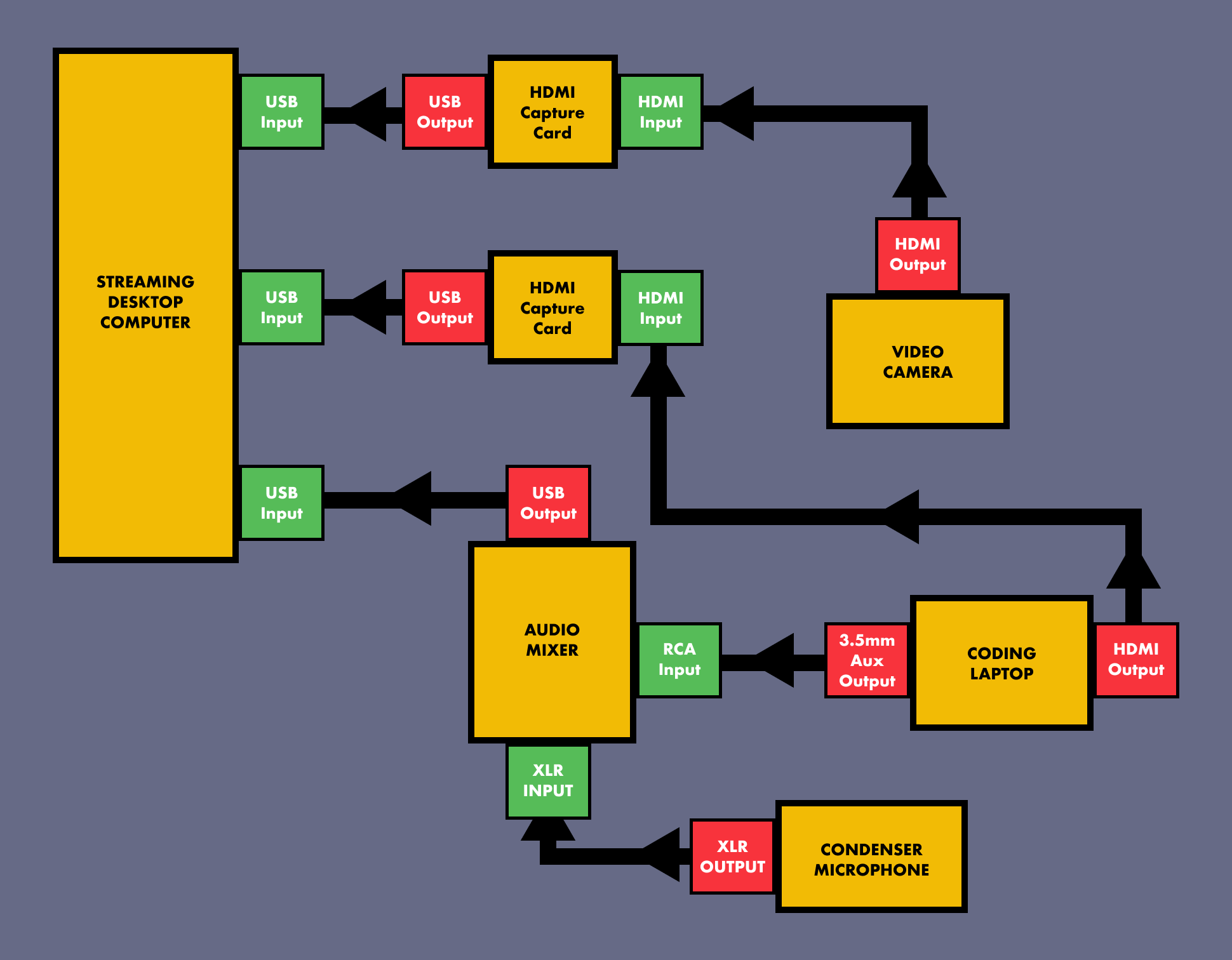Coding Garden Gear
This is a list of all the gear I use to code and stream. You can support me by clicking the affiliate links on the right. The product links on the left are direct links to amazon and do not include affiliate info.
Click here to see a diagram of how the main components are hooked up.
- Coding Laptop
- Streaming Computer
- Cameras and Lighting
- Microphone, Audio Mixer and Monitoring
- Past Gear
Back to Top
Coding Laptop
This is the laptop I code on, and all the attached accessories. I do not use an external monitor. If you're wondering why I use a macbook, read the FAQS here.
2015 Macbook Pro

This is the last model macbook that has a dedicated HDMI port and full size USB ports. Overall, it is a very reliable laptop, and the second one I have owned. I purchased my current one lightly used on Ebay.
Redragon K552 Mechanical Keyboard

An inexpensive mechanical keyboard with RGB lights. I use this on stream.
Evoluent VM4L VerticalMouse

A left handed vertical mouse. Vertical mice are much better for wrist ergonomics. I am right handed, but using a left handed mouse prevents me from getting wrist pains in my right wrist. I have been using this same mouse for 5+ years. There are cheaper options, but for me, this was worth the investment.
Laptop Stand

Sturdy, easily adjustable stand for my macbook. I stand while streaming, so this brings the macbook screen up to my eye level for better ergonomics.
Macbook Pro Cover

A matte hard case cover for my macbook pro. I switch out the stickers on my laptop every now and then, and this makes it easy. Also, keeps the macbook nice and shiny underneath.
Extended Gaming Mouse Pad

XXL mouse pad. My mouse, laptop + stand, keyboard and audio mixer all fit on top of this. Provides a nice work surface.
E-Element Z88 Mechanical Keyboard

An inexpensive 60% mechanical keyboard with RGB lights. I use this in my home office.
RK ROYAL KLUDGE RK G68 65% Wireless Mechanical Keyboard, Bluetooth 5.1/2.4G/Wired

Super portable 65% wireless mechanical keyboard. I bring this with me when I'm traveling with my laptop.
RK Wireless Keyboard Travel Case

Listed for the RK61 keyboard, but fits my RK G68 keyboard just fine.
4 port USB 3.0 Hub

My macbook only has 2 usb ports, so this gives me more!
Back to Top
Streaming Computer
This is a separate dedicated desktop computer for streaming. This computer takes in all of the audio/video signals (laptop HDMI, microphone audio, laptop audio etc.) and outputs the composite stream to twitch using OBS. It is not necessary to use a separate computer for this, but it prevents my coding laptop fans from spinning up, and is a nice fail safe to keep the stream up if something happens to my coding laptop during the stream.
If you are looking into having a dedicated streaming PC as well, you mainly need a computer with a good amount of RAM, a dedicated video card and at least 3 available USB ports. See the diagram at the very bottom of the page to see how this all hooks up.I use this: ABS Fort Gaming Desktop PC
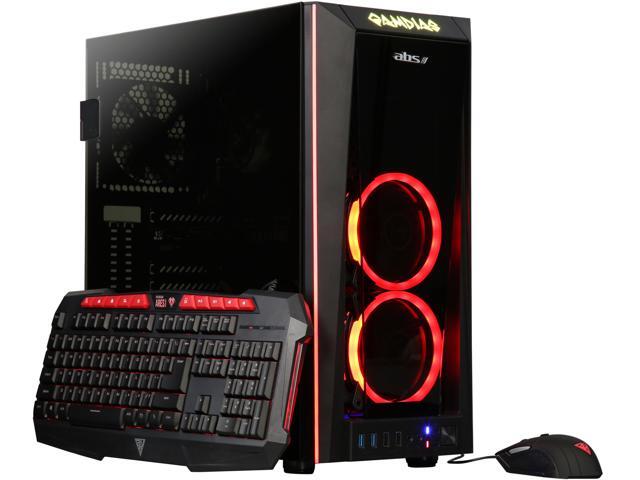
I purchased this pre-built gaming PC on Black Friday in November 2018 for $800. This is a decent mid-tier gaming PC. It is 2 years old, but the specs are more than enough to handle the stream load.
- NVIDIA GeForce GTX 1060 3 GB
- AMD Ryzen 5 2nd Gen 2400G (3.60 GHz) Quad Core
- 16 GB DDR4 2666 MHz
- 1 TB HDD
- 240 GB SSD
I suggest this: Find a decent pre-built gaming PC

Look for these specs:
- Modern Graphics card... AMD Ryzen or Nvidia
- At least quad core CPU
- At least 16GB of RAM
- At least 1 TB HD
- At least 120 GB SSD
Sceptre 27" Curved 75Hz LED Monitor

Full HD 1080P with HDMI and DisplayPort inputs. I use this to monitor the output of OBS and streamlabs alerts.
ErGear Monitor Mount

Full Motion Gas Spring Arm LCD/LED Computer Monitor Riser, Height/Angle Adjustable. Very sturdy and very adjustable monitor stand. This hangs off of my desk and extends out right below the main camera, so I can monitor things while still looking into the camera lense.
Rii K18 Plus Wireless Keyboard with Trackpad

I use this to control the scenes in OBS. It's wireless, so I have it right next to my Coding Laptop. It's inexpensive and gets the job done. A streamdeck would be a nice upgrade, but this works well enough for me.
Back to Top
Cameras and Lighting
Backdrop Support System

Portable support system that holds up my blue screen. Comes with a nice carrying case and clamps.
Blue Screen Muslin Backdrop

I use a blue screen to remove the background from the camera and overlay the camera image on top of the desktop in OBS.
Softbox Lighting Kit

I have 2 softboxes pointed at the blue screen behind me, and 1 softbox pointed at me. This reduces shadows / artifacts in the chroma key background.
Mokose 4K USB Camera

4K USB Camera. Great picture quality and no need for an HDMI capture card!
El Gato HD 60 Pro

1080p PCIe HDMI Capture card with 60fps. I use 1 of these to capture the HDMI signal of my HD camcorder. This is similar to the USB version, but plugs directly into the PC motherboard.
Camera Tripod
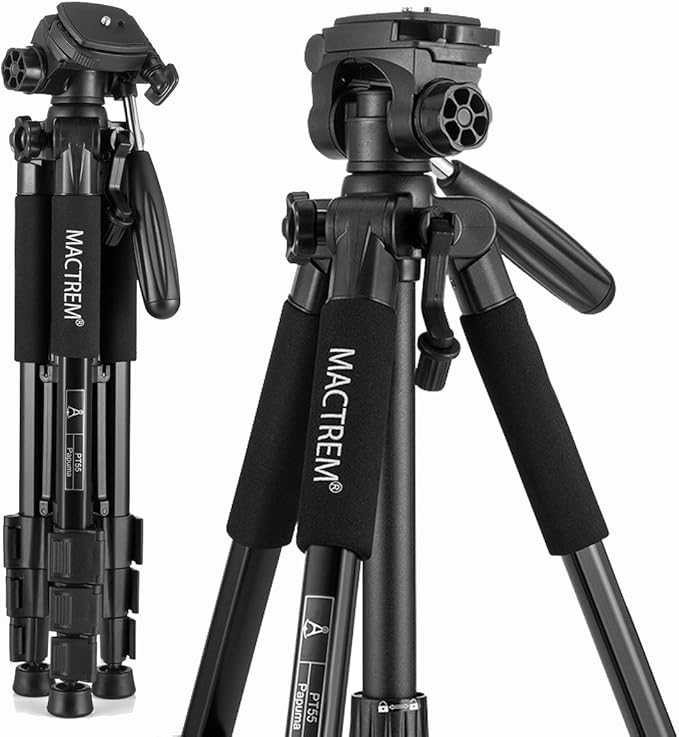
A very sturdy camera tripod. My USB camera is attached to this.
Webcam Clamp Mount

I use this for the HD webcam on my desk. Easily adjusts to different viewing angles.
Lighting Wall and Ceiling Mount

I use these to attach my softbox lights to my ceiling. Initially I just used the stands that came with the softboxes, but these mounts free up a lot of space on the floor.
Back to Top
Microphone, Audio Mixer and Monitoring
Shure MV7

Less expensive alternative to the industry standard SM7B. This model has a USB audio interface built in, so you won't need a separate one. ALSO, this microphone is a dynamic microphone NOT a condenser microphone like all of my past microphones. Dynamic microphones do not require phantom power and pick up less background noise (I no longer use a noise cancelling filter in OBS).
YAMAHA MG10XU

10-Input Stereo Mixer With Effects. Includes an on board USB audio interface. The Shure MV7 as well as other audio sources are plugged into this mixer, and the mixer is then plugged into my streaming computer via USB.
KZ ZS10 Pro
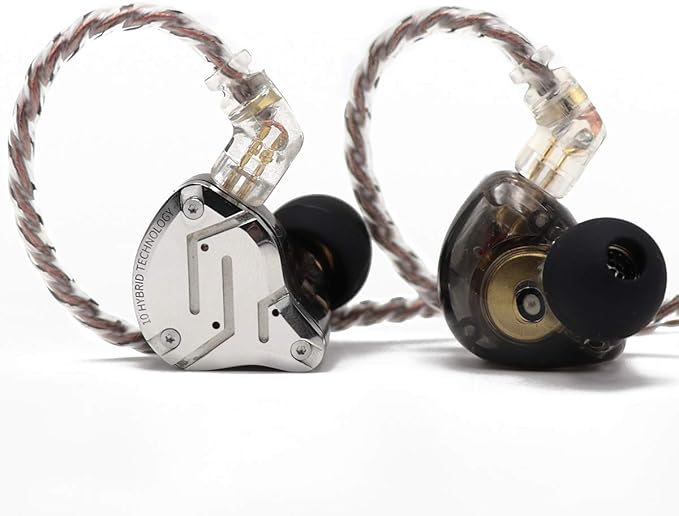
5 Driver in-Ear HiFi in ear monitoring headphones. Amazing sound for the price. I wear these to monitor stream alerts, and to monitor playback while making music. The cable is detachable / replaceable.
BEHRINGER POWERPLAY P2

Personal in-ear monitor amplifier. This clips to my pocket and allows me to adjust the volume in my headphones without reaching over to the mixer. Not required, but a nice convenience.
RODE PSA 1

Swivel Mount Studio Microphone Boom Arm. There are less expensive options, but this one is heavy duty and the adjustments are butter smooth. Also, the microphone I have is expensive, so I wanted to protect my investment with a boom arm that will not easily break down / collapse.
XLR Patch Cables

I use one of these cables to plug the Condenser microphone into the audio mixer.
Replacement Headphones Cable
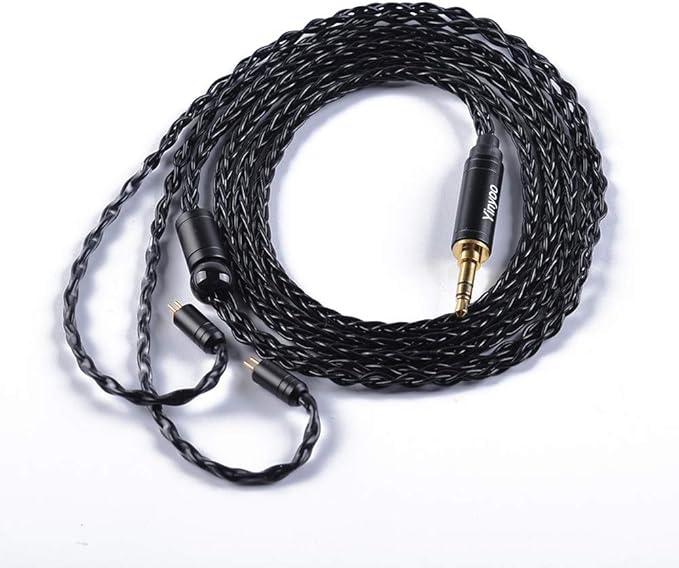
8 Core Silver Plated Copper Cable with 3.5mm Plug 2pins. This cable includes a bead that helps the headphones stay in place. The cable is also slightly longer and thicker than the cable that comes with the KZ ZS10 Pros.
25ft 1/4†TRS Cable
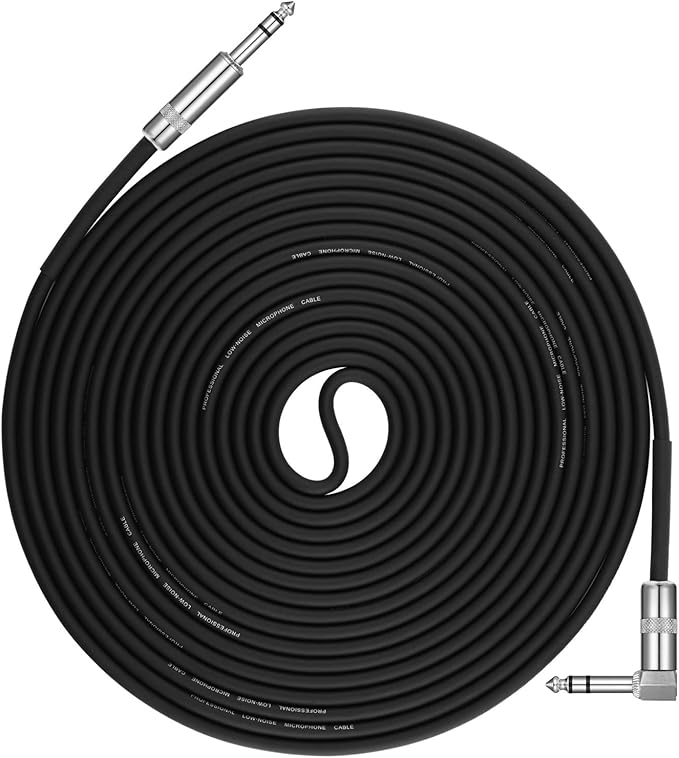
This cable goes from the headphone output of the mixer, to the input of the personal in-ear monitor amplifier. This is not a standard instrument cable. Notice the 2 black bars on the plug, this means it carries STEREO sound! A plug with a single black bar will only carry audio to the left channel.
USB 2.0 A Male to B Male Cable

Allows the USB audio mixer to be plugged in to the streaming computer. The YAMAHA MG10XU I purchased did not include one in the box.
15 FT 1/4†to 3.5 mm Audio Cable
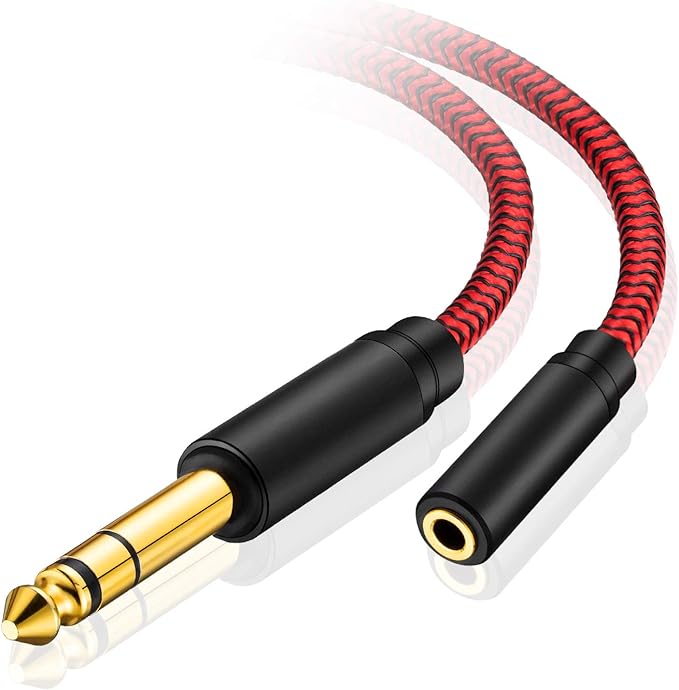
If I'm not using the personal in-ear monitor, this cable allows me to plug my headphones directly into the mixer.
3.5mm to 2RCA Male Cable

I use this cable to send sound from my macbook into the audio mixer. The YAMAHA MG10XU has 2 separate inputs that accept this type of cable. I sometimes use the other RCA input for sound from my phone or any other audio device that has 3.5mm aux out.
Back to Top
Past Gear
This is the gear I used before it was replaced / upgraded to the gear listed above.
HDMI Mini Adapter

I use this to plug a regular HDMI cable into the HD camcorder.
Long HDMI Cables

My coding laptop and HD camcorder are not directly next to my streaming computer, so these 25 ft HDMI cables allow me to set things up comfortably without straining the cables. This pack also includes a 90 degree HDMI adapter.
Logitech HD Pro Webcam C920

1080p USB webcam. I had one of these pointed at the LEDs on my table.
Canon VIXIA HF R800 Camcorder

A lot of people use a DSLR, but this camcorder looks good enough and is half the price of a DSLR. Also, it doesn't shut off after 30 minutes like most DSLRs. The main features you need in a camera are: HDMI Out, the ability to turn OFF the on screen info and the ability to stay on while receiving power. This camera has all of these features.
El Gato HD 60 S

1080p HDMI Capture card with 60fps. I used 1 of these to capture the HDMI signal of my macbook. Requires USB 3.0. NOTE: These cards ONLY work with OBS directly on Windows. If you are using a Mac to stream, you will have to use the provided el gato software or the el gato OBS + NDI plugin.
Audio-Technica AT2035

Cardioid Condenser Microphone. Similar to the AT2020, but includes a switchable high pass filter. This microphone has XLR out and will require a USB audio interface to get the sound into your streaming computer.
Blue Yeti USB Microphone

USB Condenser microphone. Has many different settings for different types of recordings (podcast/whole room/direct etc.). Includes a headphone jack for direct monitoring of the microphone audio. Only has USB! This plugs directly into the streaming computer, and does not plug into an audio mixer. There is a version that also has XLR out.
Blue Yeti Shock Mount

Isolates the blue yeti microphone to prevent sound from traveling through the microphone stand.
BM-800 - Condenser Microphone Bundle

A condenser microphone bundle including a microphone arm, pop filter and shock mount. A good starter pack. This combined with the audio filters in OBS will sound good enough.
Behringer (UMC204HD) USB Audio Interface

I used this to get the audio signal from the mixer into the streaming computer. You can also plug a condenser microphone directly into it.
Behringer - 12 Input Mixer

I used this to input multiple microphones and other audio sources. I have an older version that does not have USB built in, so I plugged my microphone into this, and plugged this into a USB Audio Interface. If you get this version, you will not need a USB Audio interface, as it has USB built in.
Logitech HD Pro Webcam C920

1080p webcam. I used to use this webcam as my main camera. It works OK as the main camera, but an HD camcorder + capture card looks much better on screen.
Audio-Technica ATH-M30x

Over ear, closed-back headphones. I still use these from time to time when I don't feel like using my in ear monitors.
Razer Blade 14" QHD+ Gaming Laptop
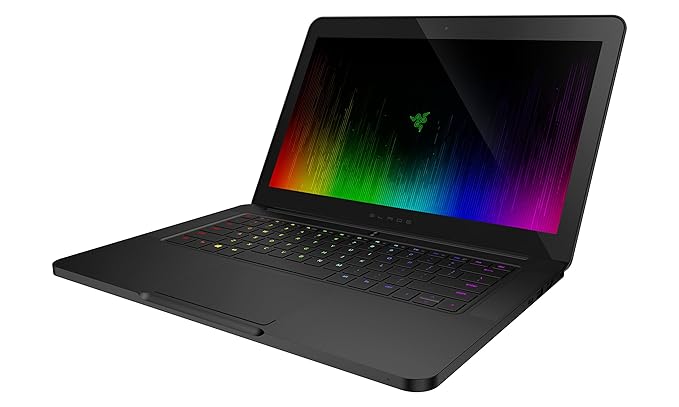
My stream setup used to be portable, and this allowed me to stream on the go. I now use a desktop gaming computer instead.
Stream Setup
